It’s cooling off, and I want Merlot! If you’ve been into wine for the last 15 years or so (since I was 10) you know that Merlot has taken some hits. It was trending downward even before the Sideways movie, but the movie certainly had a measurable effect on sales for several years afterwards. But to be sure, there was some bad, flabby, uninteresting Merlot out there even before the movie. Now, this doesn’t include the ‘Mountain Merlot’ that I’ll get to in a bit. Back then, Merlot had gone through a boom and was quite popular. Because of this, lots of people wanted to plant it – and in places that did it no justice. These poorly crafted wines caused Merlot to get sort of a bad rap. The movie just happened to come along and certainly didn’t help its cause. And if you have no clue what the “Sideways Effect” is, then just move along and know that production, sales and prices have been making a come back. But just know that you need some Mountain Merlot in your life!
I should caveat that this was purely from a U.S. centric point of view. Most of the rest of the world didn’t lose their minds like folks in the U.S. Can you imagine folks in Bordeaux shunning Merlot?! It’s the most planted variety not just in Bordeaux, but all of France. I mean, what would have become of wines such as Petrus (my planned retirement day wine) and Cheval Blanc if folks in France had stopped producing Merlot? But a little craziness aside, its been great to see lots more Merlot love out there. International Merlot Month, evidenced by the hashtag #MerlotMe, occurs each year in October. And if that’s not enough, International Merlot Day occurs on November 7. I love the timing of the celebrations because there is just something about fall that makes me want to cozy up with Merlot.
Why I Love Merlot
I appreciate Merlot for the simple fact that it generally plays in the middle. If you have folks that prefer light-bodied reds and those that prefer the heavier, bolder stuff, Merlot is almost always a great compromise. Medium levels of tannin, acid, body, and alcohol helps it bridge the gap between the wines at the ends of the spectrum. So while it doesn’t command the same prominence (nor price tag) as blending partner Cabernet Sauvignon, it has the ability to please a wide variety of palates. But when it comes to what I like to call “Mountain Merlot” the rules are a little different.
There is Merlot and then there is Mountain Merlot. And as a person that’s climbed a few mountains here and there, I can appreciate anything that thrives on them.
In this instance, I’m talking about Merlot that hails from Napa’s high elevation regions of Howell Mountain, Atlas Peak, Mt. Veeder, Spring Mountain, and Diamond Mountain. In contrast to the regions of Napa Valley’s floor (think Oakville, Rutherford) the vineyards in these regions lie of the sides of the valley, above the fog layer. Instead of being cooled by a layer of fog, these vineyards are cooled by their altitude. In contrast to richer, fleshy styles of Merlot from the valley floor, Mountain Merlot wines tend to be more structured with higher tannin levels. Vines grown on mountains dig their roots deep in search of water and nutrients. This struggle by the vines results in smaller, compact berries, that provide intense, concentrated flavors, pronounced acidity, and powerful tannins. In other words, these are Cabernet drinker’s Merlot wines.
OK, and let me just throw it out there. If you’re a big Cabernet Sauvignon drinker, these Merlot wines will give you more bang for your buck and are probably the best value on the restaurant wine list (because everyone is fixated on ordering the Cab Sauv). You’re welcome!
Howell Mountain
The first of the established mountain regions and maybe the most famous, Howell Mountain, with its west-facing vineyards is one of the warmer mountains regions as it gets the full exposure to the hot afternoon sun. This often translates into wines that are fuller-bodied with higher alcohol. With elevations from 1400 to 2600 feet, the region has predominantly volcanic soils that yield powerful, tannic, and age-worthy wines. Howell Mountain Merlot wines to try:
La Jota Howell Mountain Merlot ($90-100)
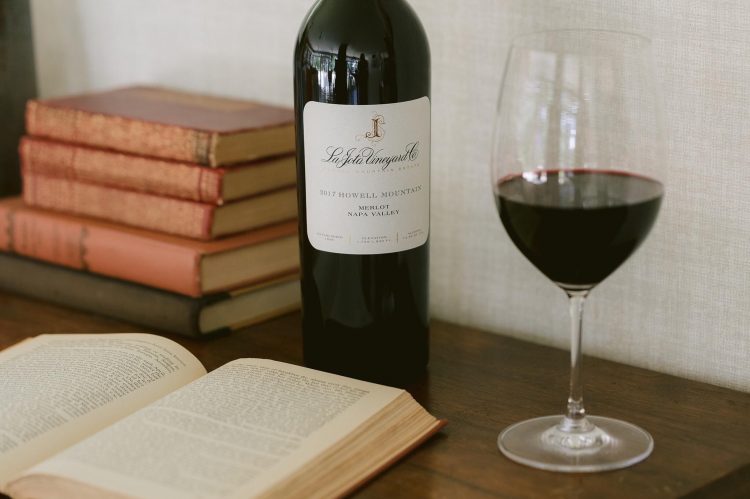
The O.G.’s of Howell Mountain, fruit sourced for La Jota wines comes from vineyards with pedigrees dating back to the 1800s when Frederick Hess built his stone winery from volcanic ash rock quarried on the property. I’ve had several vintages of this wine over the years. The 2019 is the most recent release, but you can easily find the 2017 and 2018s at local wine shops including Total Wine and Wine.com as well. I also have a 2016 in the cellar that I’ve been trying to find the right time to uncork. But no matter the vintage, I always enjoy.
Robert Craig Howell Mountain ($85-98)
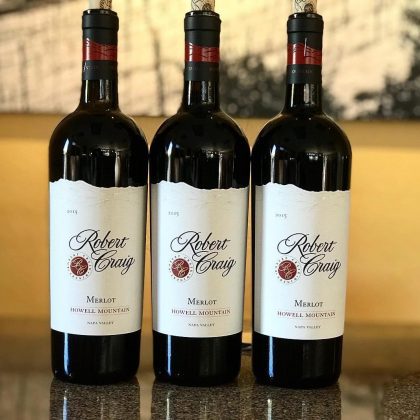
One of those producers that is all about mountain wine, Robert Craig’s collection of mountain wines truly showcase site expression. You can taste the soil, the vineyard in these wines. Their Howell Mountain estate sits at an elevation of 2,300 near the summit of Howell Mountain. I have loved both their Howell Mountain Cabernet Sauvignon and Zinfandel in the past, but this is about the Merlot. And yes, it too is a beauty. The accompanying Cab Sauv and/or Malbec blended into the Merlot varies each year, but I have enjoyed the precision in the wines every time.
Atlas Peak
Similar to Howell Mountain, the vineyards of Atlas Peak face southwest which means more sun and wines that tend to exhibit greater body and alcohol. Located in southeastern Napa Valley, the region’s vineyards are planted in ancient, volcanic soils and sit at elevations that rise from 760 to 2,663 feet. In fact, it is one of the highest altitude appellations within Napa. That elevation, along with the porous nature of the volcanic soils which cool down quickly despite all the sun exposure, means great temperature swings (diurnal range) which just makes the grapes happy. These are lovely, mountain-influenced wines with elegant and refined tannins. Cab Sauv reigns supreme, but there is great Merlot to be had. Atlas Peak Merlot wines to try:
Lobo Wines Atlas Peak Merlot ($70)
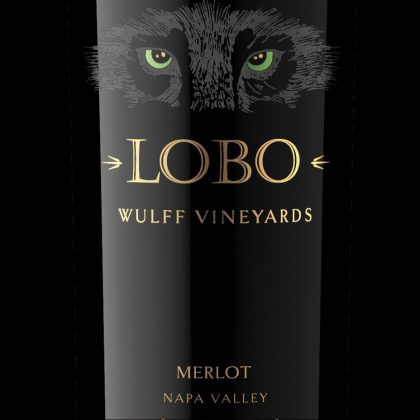
I still remember the chance meeting at a restaurant when I met a wine rep for Lobo Wines and she told me all about winemaker Victoria Coleman. I was all in! There are many great wines out there, but when you find a wine story that speaks to you, that is what helps to make that wine more memorable. And I so loved Victoria’s story – and her wines – that I was thrilled to write about it all. While they use most of their Merlot to blend into the higher value Cab Sauv, they do use a small amount for a varietal Merlot.
Duckhorn Vineyards Atlas Peak ($80)
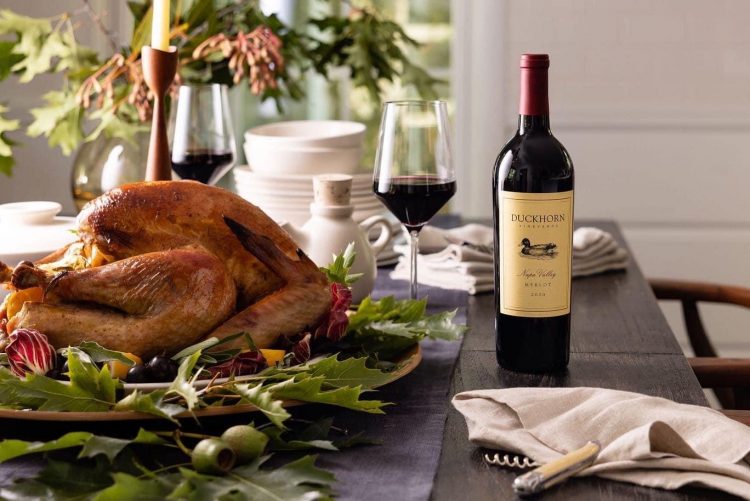
If there was ever a Merlot pioneer, then Duckhorn certainly fits the bill. In fact, you can’t talk about American Merlot without mentioning Duckhorn. They’ve been making Merlot since 1978 and are widely regarded as the first American winery to pioneer luxury Merlot. While some in Cali turned their backs on Merlot, Duckhorn kept right on producing its hallmark Merlot and made it the American Classic that it is. The make Merlot from a number of sites, so its no surprise that they craft an excellent one from Atlas Peak.
Mt. Veeder
The steep hillsides of the Mayacamas mountains that are home to the Mount Veeder AVA and where vineyards can be planted at angles of up to 30 degrees, leads to some high quality vino. The extreme angle planting provides the vineyards with more direct sunlight and better drainage. With elevations reaching up to 2,400 feet and extremely shallow, marine soils with volcanic deposits, its an extremely difficult growing environment with very low yields. But that environment leads to some amazing fruit and wine. While more Cabernet Sauvignon is more widely grown in the region, it is known as the spiritual home of Petit Verdot. I’ll have to add Merlot to the spiritual home because this is some soulful, thought-provoking juice.
Mt. Brave Merlot, Mt. Veeder ($90)
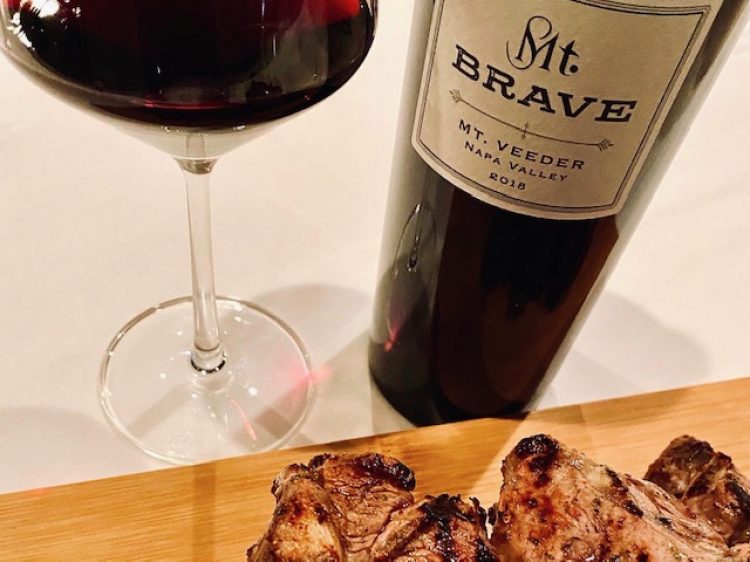
Mt. Brave is a tribute to the pioneering spirit of those who settled the rugged terrain of Mt. Veeder during the 1800s and an homage to the Wappo Indians, “the brave ones,” who were the original inhabitants of this extraordinary place. At Mt. Brave, they are intimately familiar with mountains and grow grapes on one that reaches 2,677 feet in elevation. With Carneros just to its south (which I just recently waxed poetic about) the region enjoys some of the San Pablo Bay maritime influence which leads to an extended growing season. This was a new (to me) wine that I was introduced to last year. As someone that was already a Merlot lover, I have to say that my appreciation increased significantly after tasting the Mt. Brave Merlot. Winemaker Chris Carpenter of Lokoya fame is doing the damn thing!
Spring Mountain
With sparsely planted vineyards at elevations from 400 to 2600 feet that are surrounded by thick, wooded forest, Spring Mountain sometimes seems like its in a secret place just waiting to be discovered. The region’s eastern-facing vineyards sloped along the Mayacamas mountains means it doesn’t get the same level of sun as some of the other mountain regions. The vineyard orientation combined with the significant influence from the Pacific Ocean (its just 30 miles away) makes Spring Mountain the coolest and wettest of all of the Napa sub-regions. And I know we’re talking Merlot, but I’ll just throw out there that I love the wines of Smith-Madrone and Cain. Both are stellar Spring Mountain producers, but they don’t make any Merlot. My Spring Mountain Merlot choices:
Barnett Vineyards Merlot Spring Mountain ($86)
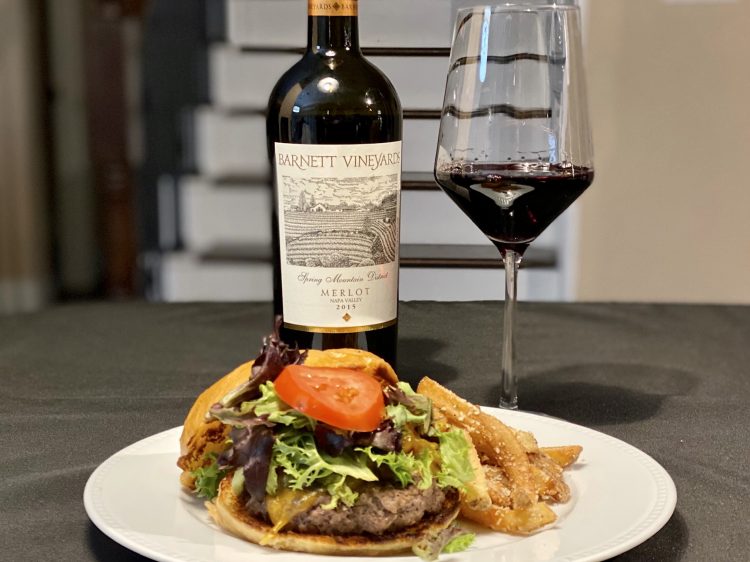
I first experienced Barnett Vineyards Spring Mountain Merlot back in 2020 when I was buying wine from producers affected by the devastating Glass Fire in Napa. Well, support aside, it was a happy discovery. Barnett Vineyards is located at the very top of Spring Mountain, at its peak of 2050 feet, well above the inversion layer of fog that blankets the Valley floor below. That altitude, high above the fog layer allows up to three additional hours of sunlight per day, which translates to great fruit ripening. And thats what I remembered about the wine – the pronounced, rich black fruits as well as the structure of the wine.
Keenan Mailbox Vineyard Spring Mountain Reserve Merlot ($80)
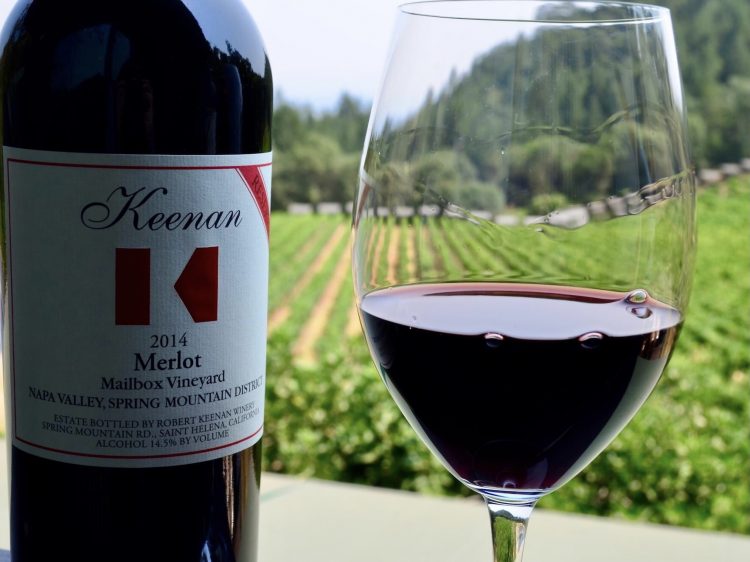
I still remember my first exposure to Keenan Winery at wine tasting when “The Corkscrew Concierge” first started really getting into wine. It was their Napa Valley Merlot, and it was a wine that made an impression on me. Robert Keenan Winery is nestled on the Mayacamas Mountain Range near the top of the spring Mountain District. The mountain estate is comprised of 48 acres of vineyard and they have been producing wine since 1977. If you’re looking for the “all mountain experience” then this is your wine. But know that even their “regular” Merlot is overwhelmingly Spring Mountain fruit (the 2019 vintage is 87%) with the rest coming from Carneros. Hard to go wrong with either.
Diamond Mountain
Located in northwest Napa with the smallest amount of acreage of the mountain AVAs, Diamond Mountain is planted from 400 to 2,200 feet in elevation. To even be considered a part of the appellation, the vines must be planted at a minimum 400ft. The reddish, fine-grained volcanic soils of the region feature bits of volcanic glass, which is where the region gets its name. As a place for wine-growing, Diamond Mountain dates back to 1868 when Jacob Schram (of Schramsberg Vineyards) first planted vines. To be sure, the region is known for its sublime, intense, and age-worthy Cabernet Sauvignon, but y’all know I gotta rep the Merlot. A worthy introduction to Diamond Mountain Merlot:
Theorem Vineyards Merlot ($95)
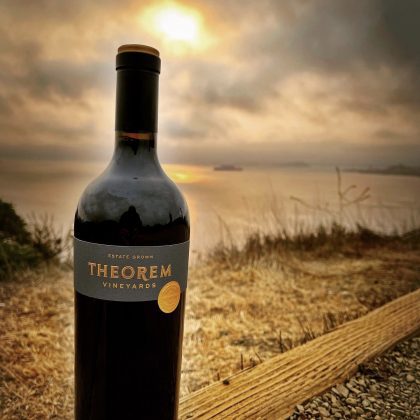
Theorem Vineyards was one of those places that seemed to come out of nowhere. At one point, someone was telling me about a new, high-end Napa property from a couple of Houstonians and the next thing I know, they seemed to be everywhere. They’ve been around for ten years now, but it certainly seems longer. And while Cabernet Sauvignon is their thing, particularly the signature Diamond Mountain Voir Dire Cabernet Sauvignon, and 19 of the 20 acres on their Diamond Mountain estate is planted to Cabernet Sauvignon, one acre is planted to Merlot – and that’s all you need for magic in the bottle. Planted in 2014, the one acre plot of Merlot is planted in a site with ample sunshine and volcanic soils which leads to wines that toe the balance between elegance and power.
I’ve never had to be convinced to drink Merlot. But yeah, writing this article makes me want to sit atop the mountains and taste all the mountain Merlot. Heck, all the mountain wines in general. Of course I’ll also need a fire pit and a warm blanket.










No Comments